Navigating the urban jungle merits a good satnav and, at times, a handy pullout metro map. We go online to assiduously check the opening times of everywhere we visit and we’re always googling for details. But when it comes to setting up our suspension, we often just rely on our gut feeling. Yet is that really enough? Forget any vagueness, it might be a good idea to rely on the Quarq ShockWiz tool that’s just dropped. Could this be key to the ultimate suspension tune?

A bike is only going to work as well as you’ve tuned it. Yet to counteract the market’s increasingly complex suspension and its myriad of intricate settings, the Quarq ShockWiz has been designed to alleviate the hassle of dialing in the ultimate suspension tune and draw out the best possible performance from your bike. Sounds promising, right?
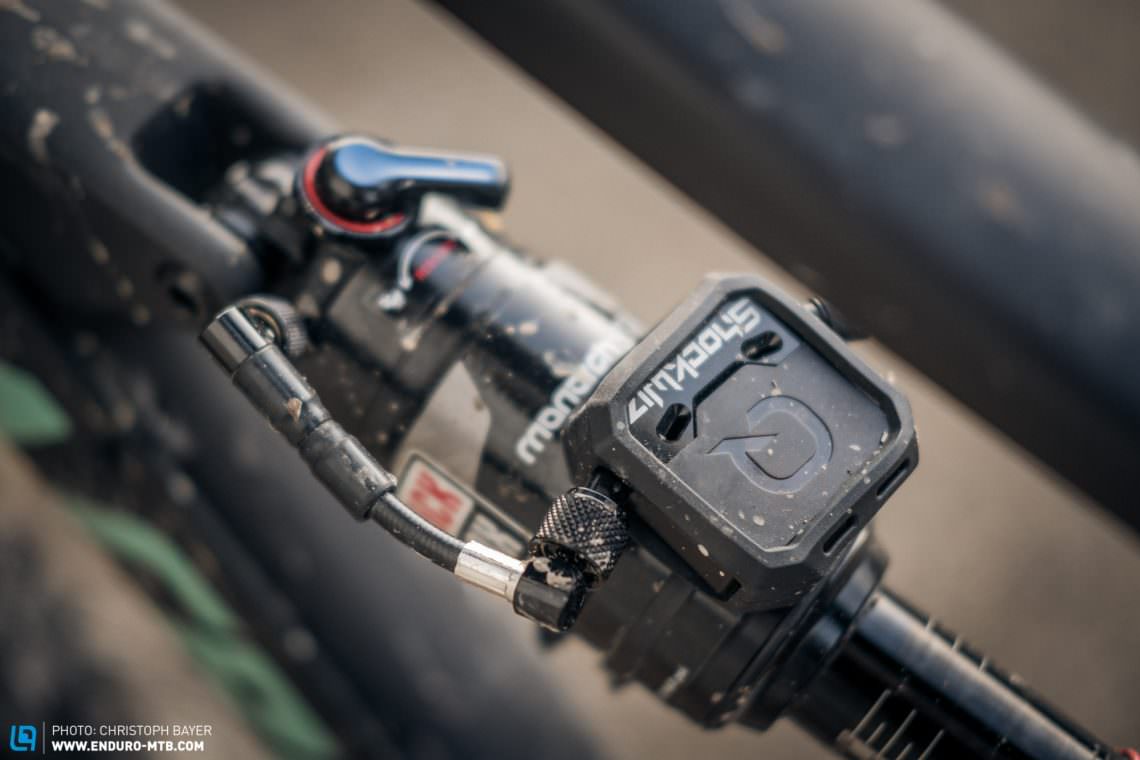
But what the hell is it the Quarq ShockWiz?
The Quarq ShockWiz is basically just a little device that’s a ‘wiz’ at suspension tune. You plug it into your fork or rear shock and it connects via Bluetooth to your smartphone, where it then analyses the pressure data from your unit and suggests set-up options. You can pick between four tuning styles that best suit your riding: Efficient, Balanced, Playful and Aggressive. Today’s ShockWiz began as a Kickstarter campaign before it was brought under the watchful eye of SRAM’s daughter company Quarq who then contributed to bringing this little gizmo to market.
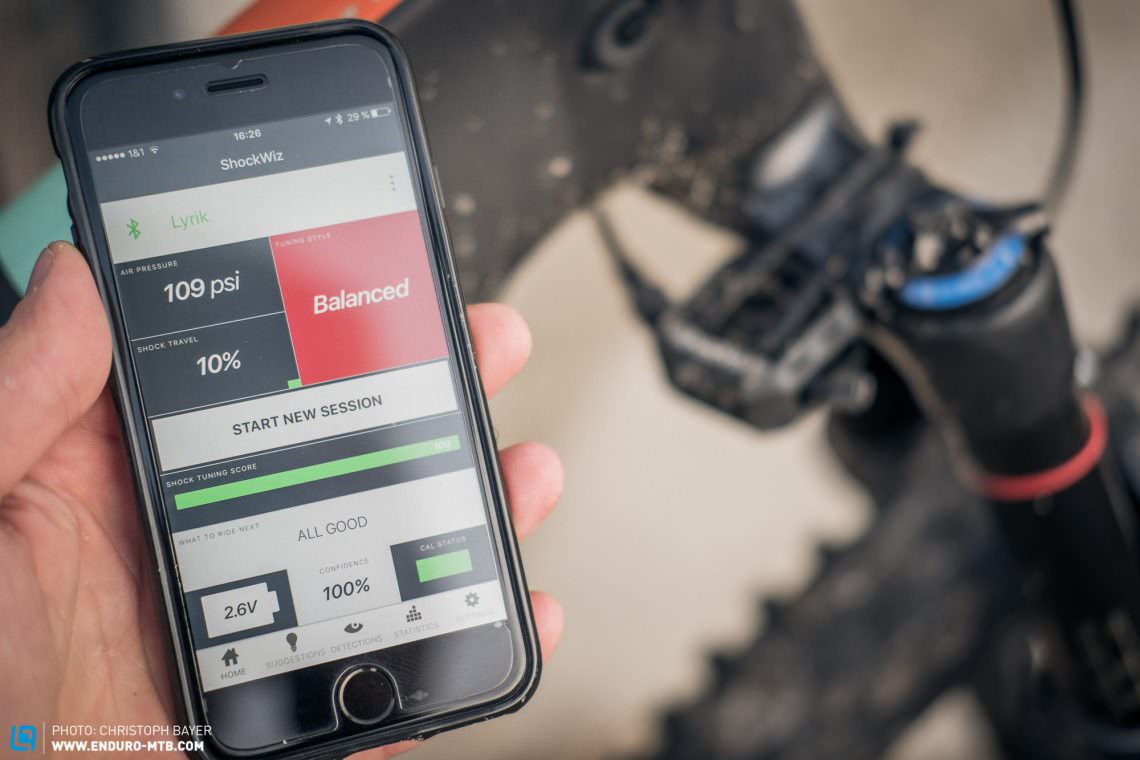
So, how does the Quarq ShockWiz work?
The ShockWiz records the pressure data in your suspension around 100 times per second, looking at the actual pressure in the air chamber and how it responds to input. It collects data on the suspension rate, rebound, and high and low-speed compression amongst other things. One ShockWiz works on one bit of suspension only, so you’ll need two if you want to fully suss out your full-susser in one go – or just repeat the task one after the other. But even having two ShockWiz gizmos won’t mean that they can communicate with each other, so don’t expect them to unlock the ultimate balanced suspension tune in one go – however, Quarq have stated that’s not necessary anyway.
Given how it collects data, the ShockWiz only works with forks and rear shocks that have a positive air chamber, so it isn’t compatible with models like the Öhlins RFX or Manitou forks with an attached shock pump. Check out this list to see which models won’t work with a ShockWiz.
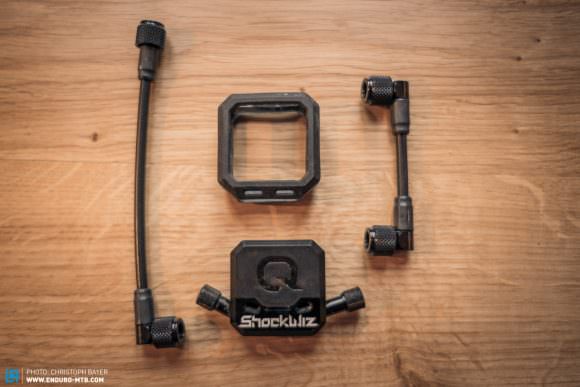

Installing and calibrating the ShockWiz
Installing the ShockWiz is incredibly intuitive, and the following videos spell it out in a highly accessible manner. While installation is a one-off task, you may find that you have to calibrate the ShockWiz a couple of times while setting up your fork or rear shock – particularly when you change the volume of the air chamber.
Installation
Calibration
What about the ShockWiz app?
Once you’ve calibrated the ShockWiz you’ll have access to the full scope of its capabilities. Its main objective is to tune the suspension to the individual and the type of riding. But aside from that, it also serves as a bit of an education in suspension so it will help you to understand how your suspension actually works.
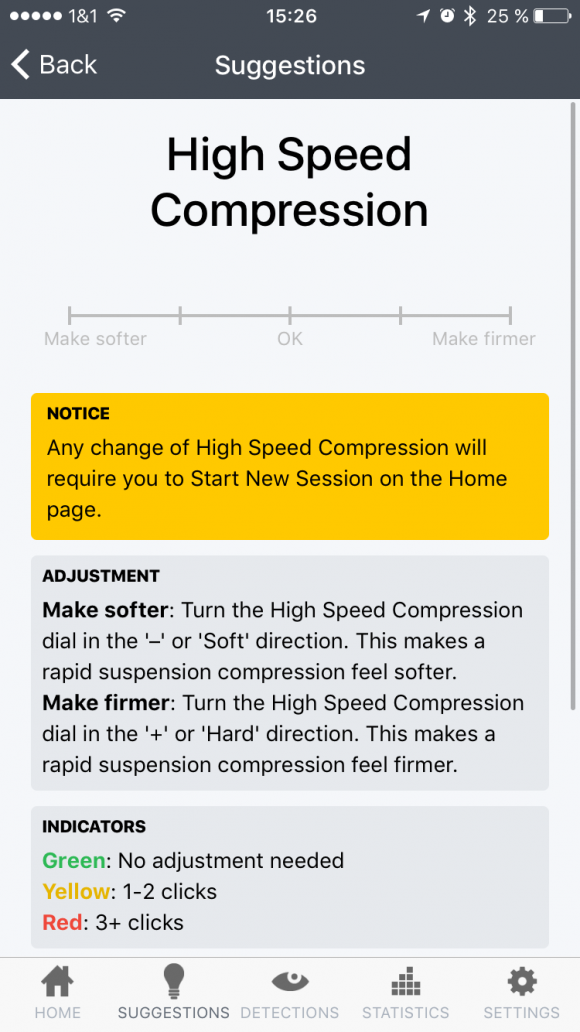
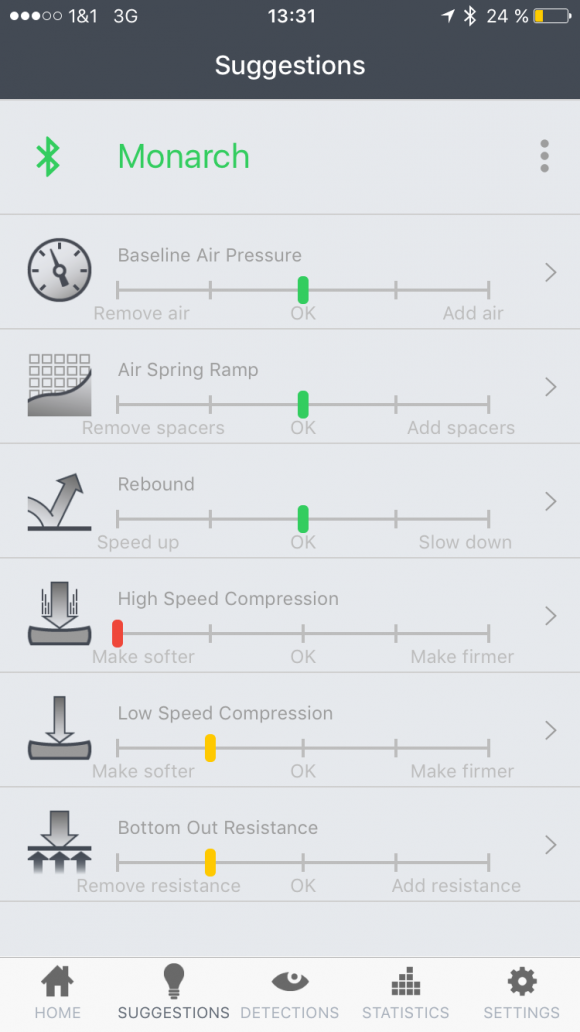
But who is the ShockWiz really made for?
Ask Quarq and they’ll say it’s for everyone, from the crop of new mountain bikers to the elite level pros. We put their claims to the test by turning to the expertise of experts as well as less capable, inexperienced riders for our testing.

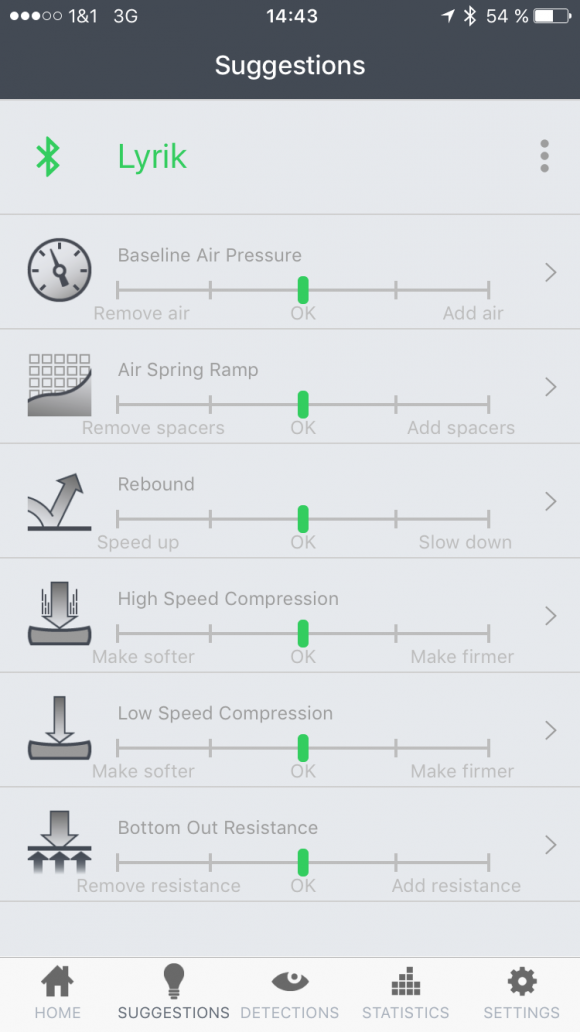
But will the ShockWiz really lead to a better tune?
It’s a fair question if you’re going to shell out € 400 for this piece of kit. But it’s very hard to answer: all of our testers were told by the ShockWiz that there was scope for improvement, ranging from one more click of damping to the addition or removal of a volume spacer/token. For really complex rear shocks, the little gizmo proved to be a serious asset – take the FOX FLOAT X2, for example, which saw our test rider encounter a gulf between the recommended base set-up and the suggested set-up from the ShockWiz, which suggested that the rebound was far too fast and that we should reduce the compression damping. The result: notably calmer suspension with better small bump compliance!

Quite frequently the ShockWiz recommended changing the damping on the rear shock without altering the external compression but that’s not feasible for a rider to adjust so the information is pretty useless.
The longer we rode with the ShockWiz without starting a new session, the recommendations showed little change as the memory just wrote over the old data. As such it’s definitely a good idea to tune the setup on different sorts of terrain, although we admit that this isn’t that time-efficient. This element, in our eyes, makes it perhaps more interesting for downhillers who’ll be repeatedly riding the same trail. For trail riders it definitely serves a purpose to create a great foundation, although you’ll be compromising a little.

Our thoughts on the Quarq ShockWiz
You can think of the Quarq ShockWiz as a sort of satnav for your car – it’s a huge asset if you have no idea where you’re going, but if you’re already well-versed in the neighbourhood’s nooks and crannies then it’s only of limited value. Its € 400 price tag is certainly steep, but think about splitting the cost between a group of riding buddies. We’re excited to see how the system is going to keep developing and whether it’ll end up becoming a staple part of suspension units in the future.
For more information head to quarq.com
Did you enjoy this article? If so, we would be stoked if you decide to support us with a monthly contribution. By becoming a supporter of ENDURO, you will help secure a sustainable future for high-quality mountain bike journalism. Click here to learn more.
Words & Photos:









